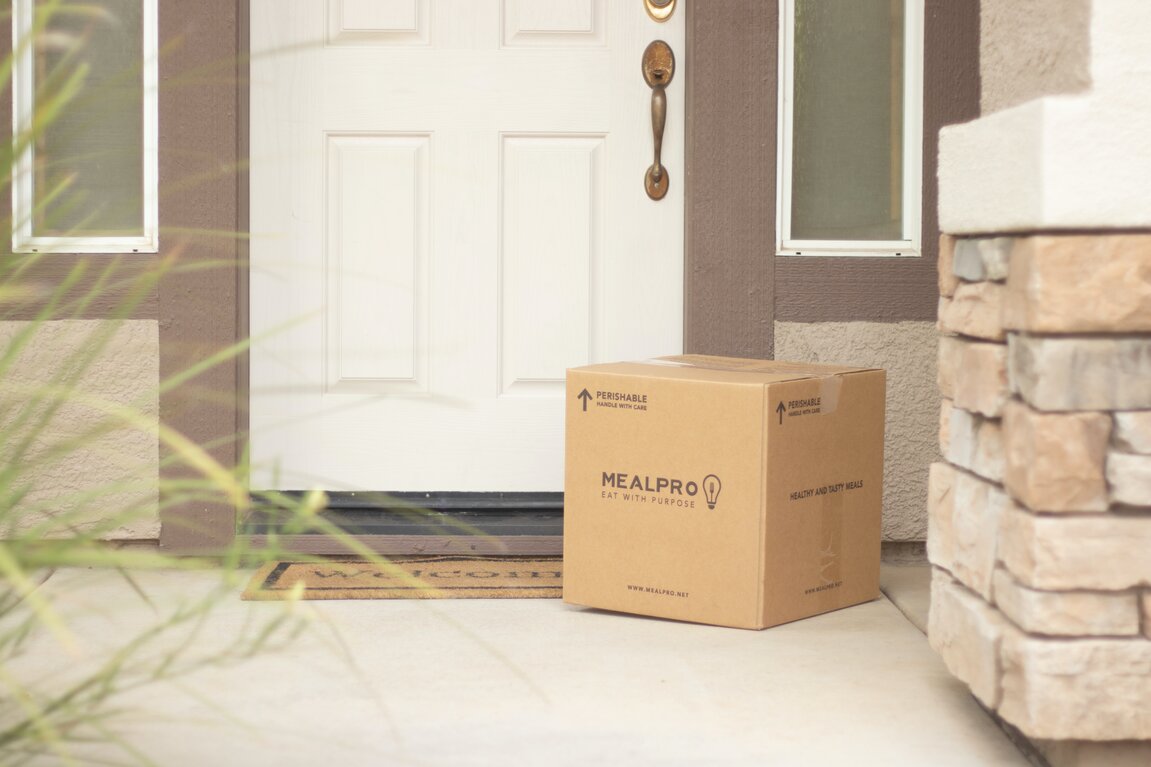In the e-commerce industry, logistics play a pivotal role in the customers’ experience. When a customer orders the new pair of socks you just launched on your website, he expects it to be shipped at his place quickly and for free.
In fact, 91% of consumers leave when shipping isn’t free or fast enough. Shipping is the main factor that customers take into consideration before making their purchase decision.
To ensure that you actually get these customers to shop from your store, you will not only need to offer a convenient shipping experience to your customers but you will also have to inform them about it and make sure they have all the necessary information before the checkout process.
Having a detailed shipping policy that provides all the necessary information to your customers and is easily accessible will help you build trust in your brand, reduce cart abandonment rates, and drive more sales.
To help you out with that, we will share with you some ideas that will help you optimize your shipping policy:
1. Share all the necessary information:
The primary goal of using a shipping policy is to provide your customers with all the necessary information regarding your shipping processes and how your products will arrive at the front of their doors. Information such as:
- Courrier options:
This covers all the shipping companies that you use to get your products delivered to your customers. It will help your customers understand who your partners are and have a better idea of your service. - Service types:
Here, it is crucial for you to cover all the logistics related services. So you will have to share all the different shipping options that your brand offers such as same-day shipping, standard, or click and collect.
Providing many shipping options to your customers will help them choose the most convenient ones according to their preferences and needs. - Transit time:
Okay, this might be obvious for services such as same-day shipping or overnight shipping, but it certainly is not when it comes to standard and international shipping. Your customers want to know how much time they’ll be waiting before they get their products. So in order to reach their expectations, it is crucial to share the average lead times per region and how many business days it will take to receive their items. - Pricing:
According to the Baymard Institute, the main reason (53% of the times) behind cart abandonment is extra costs (shipping, fees, taxes) that made the total cost either too high or unclear for the customer. Try to think about it, do you know anyone who likes to pay a certain amount and then discover later that he has extra expenses? Or who likes to pay more for the shipping than the product itself? No one wants to pay a 15$ extra cost, especially if the new pair of socks they bought costs 11$.
So if you want to ensure that your customers aren’t running away from your site before making the purchase, try to include all the shipping related costs to your policy.
If you offer free shipping, make sure to highlight the conditions like the minimum order value or the products that qualify for free shipping. This will help your customers to better understand your pricing and will have fewer surprises. - Tracking:
Customers expect you to keep them updated about the state of their order. Showcasing all the information related to tracking is, thus, mandatory. We’ll cover that deeper in the following paragraphs - Restrictions:
If you cannot ship your products to some places or if your products are prohibited in some regions (don’t worry, socks are just fine everywhere), you might want to share that with your customers. You don’t want your customers to through the whole checkout process only to find out that they can’t receive your products after all.
Providing all the necessary information to your customers will ease the work of your customer support team, as they will have fewer inquiries to answer. (Of course, this doesn’t mean that you should not leave your customer support email, in case they want to contact you.)
By giving the right information straight from the beginning, you’ll be acting proactively and you will avoid any bad surprise for your customers, and that from the moment they hit the purchase button till the moment they receive their parcel at their doorsteps.
2. Highlight your shipping policy:
It is crucial to make your shipping policy easily and quickly accessible for your customers. Think about adding it to the header of your website and thus make it visible from any page of your website. This will allow your customers to check it at any stage of their experience and to find the information they’re looking for at any time.
Also make sure to showcase it in your cart, products and checkout pages. This will help your customers to find all the needed information before making their purchase decision and thus build trust with your brand.
Another good way to highlight your shipping policy is to attach to the order confirmation email so that your customers can easily find it even after they make their purchase.
3. Follow up information:
One of the most important parts of your shipping policy is the follow-up and the tracking system that your customers will use to know where their products are, by that I mean, at which stage of the shipping process is their order!
According to Metapack, 81% of customers check the tracking page at least twice for each order. In order to meet their expectations, you will have to give them the opportunity to track their shipment online and in real-time.
The main purpose of tracking emails is to facilitate the tracking of your customers' orders, so it is necessary to add the related data:
- The link of the tracking page
- The expected date of arrival of the package
- The tracking number
- The summary of the order
This is an important step to ensure proactive support and it will help your team to avoid answering the same question (where is my order?) hundreds of times again. Actually, 47% of online customers choose not to buy a second time because they didn't know where their package was either during fulfillment or delivery.
Since tracking emails have a really high open rate (64%) and customers visit follow-up pages 2.4 times on average, you could take advantage of it by showcasing complementary products that might push your customers to make another purchase.
Don’t forget to add to your policy page all the information and links related to the follow-up and tracking system. This will relax your customers before and after they make their purchase.
4. Leave your contact details:
Packages get lost or are misplaced even with the best shipping processes in place. After all, you give them to your courier and he could deliver them to the wrong address or the packages could be lost in transit.
So many things might happen between the time you hand the packages to the carrier and the time it gets to your customers, and when it does, you want to make it easy for them to contact you and give you all the necessary details. For that, make sure to add your contact details in your policy page and tracking emails.
Establishing good communication processes is an important factor in delivering the best customer experience ever.
5. Don’t forget your return policy:
While a shipping policy might include some information about returns, it clearly isn’t a return or refund policy. If your customers’ packages are lost or damaged, creating a detailed return policy alongside the shipping one is crucial to guide customers through your reverse logistics processes and avoid any more inconvenience.
According to Invesp, 92% of consumers will buy something again if returns are easy. Having an effective return policy is a clear opportunity to turn a negative experience into a positive one.
Your return policy should help you cover all your bases by making clear what your company’s stance is regarding damaged product returns, return shipping costs, and incorrectly delivered purchases. Taking this proactive approach when it comes to returns will help you build trust, showcase your quality of service, and ensure that customers are coming back to your website.
6. Conclusion:
Logistics is at the core of the e-commerce customer experience whether you are selling sock or fridges online. This had led customers and other online businesses to set high expectations related to shipping and returns. Amazon, for example, changed the whole industry by launching its Prime Delivery. To meet these expectations, you’ll need to provide the best experience possible and this starts with your logistics (shipping and return) policies.
Remember that if you provide your customers with the right information to support their decision, you will not only drive more sales but also gain satisfied customers and that is the fundamental purpose of a shipping policy: break down clearly and simply all the shipping related information to support the customer before, during, and after the purchase decision.



.webp)






